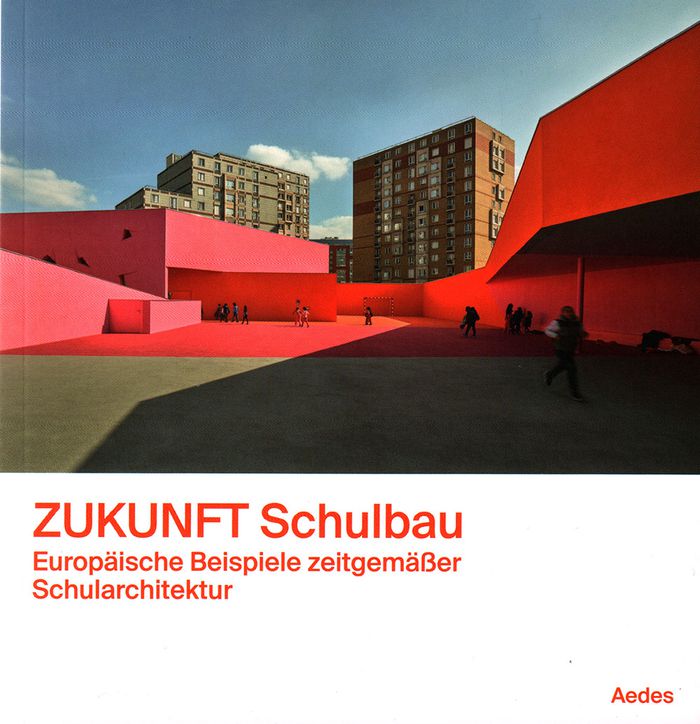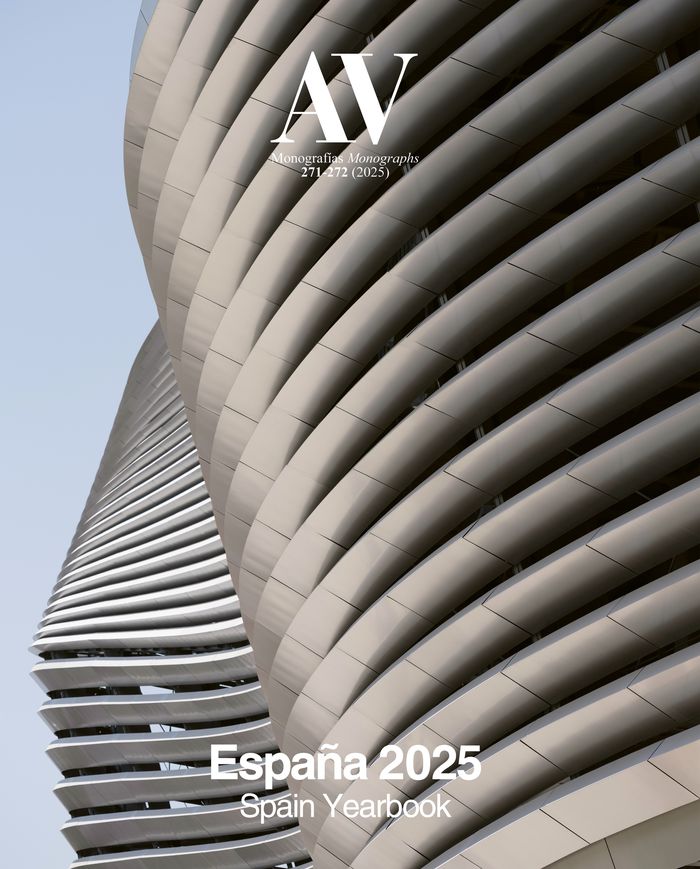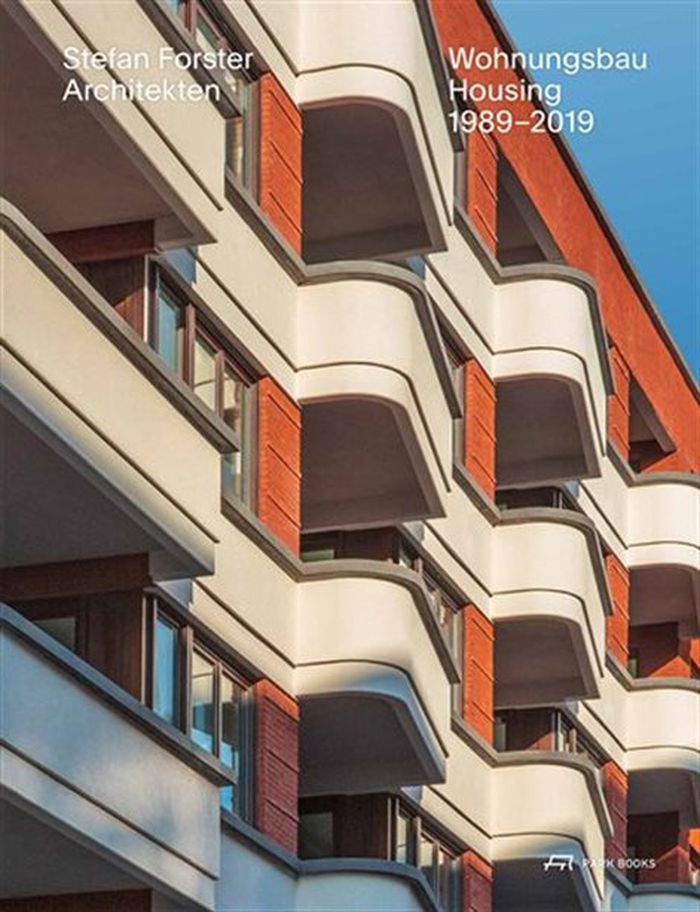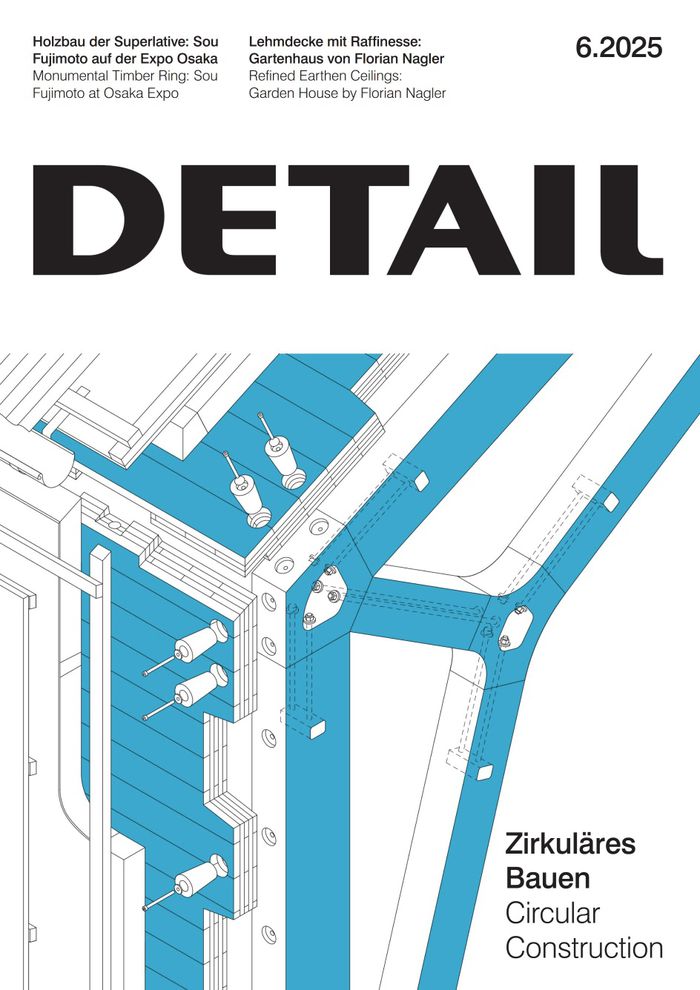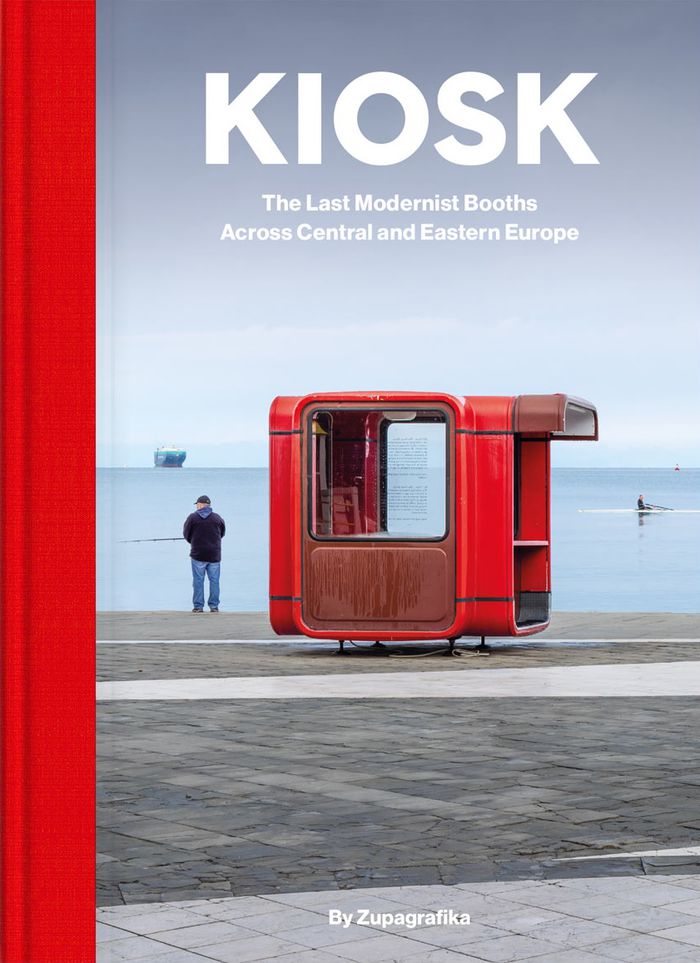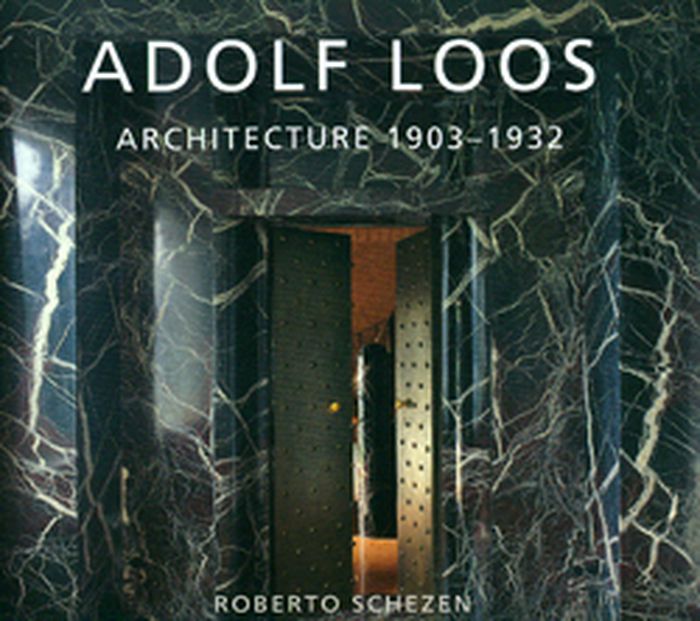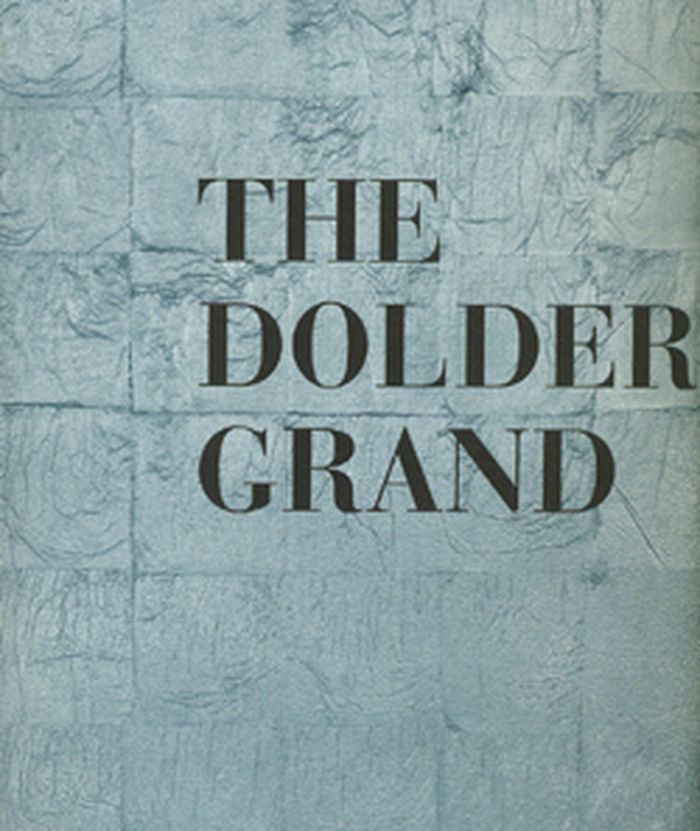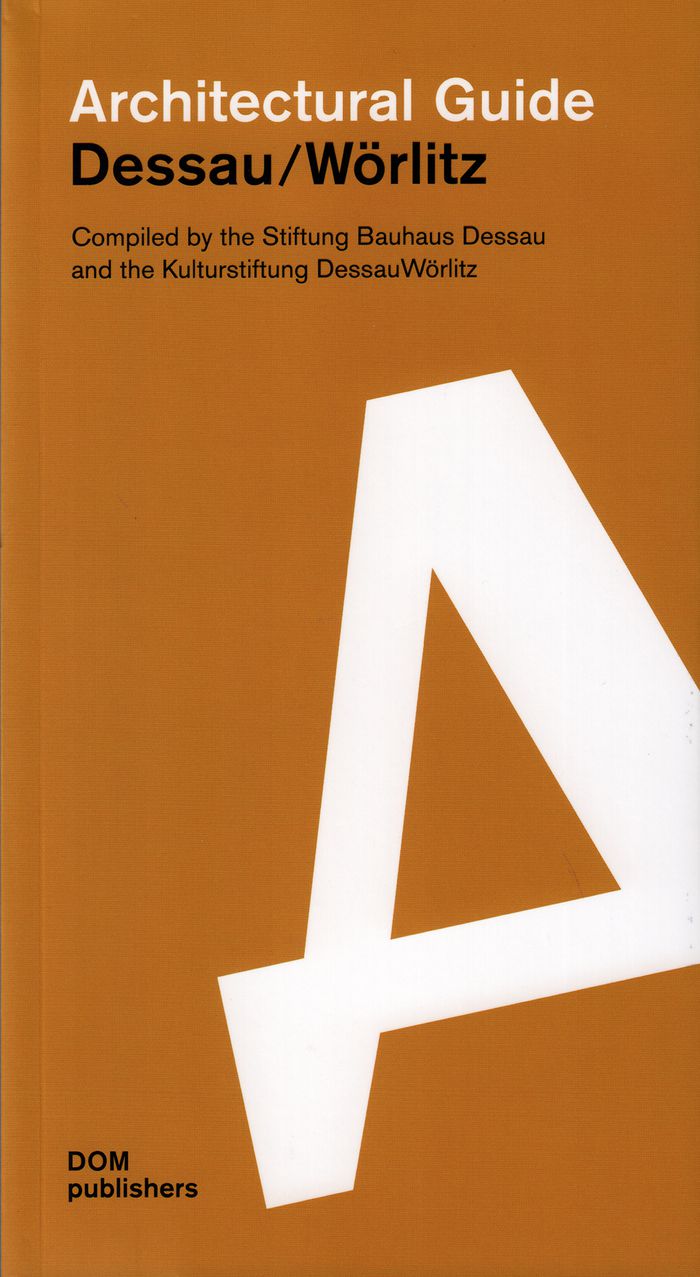Zukunft Schulbau
$20.00
(available to order)
Summary:
The construction and design of school buildings in Germany faces major challenges. Particularly in metropolitan areas, student numbers are continuously rising and, according to all forecasts, population growth is set to continue in the coming years. This is why new school buildings, including extensions and renovations of existing school buildings, are one of the central(...)
Zukunft Schulbau
Actions:
Price:
$20.00
(available to order)
Summary:
The construction and design of school buildings in Germany faces major challenges. Particularly in metropolitan areas, student numbers are continuously rising and, according to all forecasts, population growth is set to continue in the coming years. This is why new school buildings, including extensions and renovations of existing school buildings, are one of the central topics of investment policy throughout Germany today. Approximately 5.5 billion euros will be spent from 2017 to 2026 on the refurbishment and/or expansion of existing schools; about 40 new school buildings will be erected. Against this backdrop, the exhibition initiated and curated by Beate Engelhorn at Aedes Architecture Forum presents 12 contemporary school buildings in Europe that are exemplary for the implementation of current educational and urban planning models. The exhibition will be introduced by a two-day conference with numerous contributions from experts from Germany and abroad.
Commercial interiors, Building types
$140.00
(available in store)
Summary:
As every year for more than three decades, and coinciding now with the 40th anniversary of AV magazine, the Yearbook 2025 gathers in a double issue a selection of 25 works which now include, as in the previous edition, buildings by Spanish studios in other countries – Belgium, Italy, Romania, Germany, Norway, Argentina, and Taiwan –, taking stock of the growing(...)
AV Monographs 271-272 : Spain yearbbook 2025
Actions:
Price:
$140.00
(available in store)
Summary:
As every year for more than three decades, and coinciding now with the 40th anniversary of AV magazine, the Yearbook 2025 gathers in a double issue a selection of 25 works which now include, as in the previous edition, buildings by Spanish studios in other countries – Belgium, Italy, Romania, Germany, Norway, Argentina, and Taiwan –, taking stock of the growing recognition Spanish architecture enjoys beyond our borders. Thus, prominent projects like the new stadium of the Real Madrid, by L35 with gmp and Ribas & Ribas, the refurbishment of the Atarazanas in Seville by Guillermo Vázquez Consuegra, the university building in Pozuelo de Alarcón (Madrid) by Emilio Tuñón, and the Financial Center in Almería by Ayala Arquitectos are published with others like the station by Benedetta Tagliabue in Naples, the museum by Juan Herreros near Buenos Aires, the exhibition center in Liège by Francisco Mangado, the hotel by Nieto Sobejano in Munich, and the building by Barozzi Veiga in Kiefersfelden.
Magazines
$77.95
(available to order)
Summary:
The Frankfurt-based architecture firm Stefan Forster Architekten (SFA) has from its founding in 1989 maintained a special focus on housing. They made their name in the years following Germany’s reunification, when dozens of prefabricated plattenbauten in the former GDR needed refurbishment and modernization. Rather than demolishing and rebuilding housing structures, SFA(...)
Stefan Forster Architekten: housing 1989-2019
Actions:
Price:
$77.95
(available to order)
Summary:
The Frankfurt-based architecture firm Stefan Forster Architekten (SFA) has from its founding in 1989 maintained a special focus on housing. They made their name in the years following Germany’s reunification, when dozens of prefabricated plattenbauten in the former GDR needed refurbishment and modernization. Rather than demolishing and rebuilding housing structures, SFA carefully adjusted existing buildings to the new needs of fewer people and more humanness in the shrinking cities of the newly formed federal states in the reunited country’s east. Since then, SFA have moved on, exploring the topic of housing in increasingly dense metropolitan environments and creating a remarkable and manifold body of work in this field. Their designs comprise large-scale public multi-unit blocs, townhouses, at times by way of transforming former office and public administration buildings. ''Stefan Forster Architekten,'' the firm’s first-ever monograph, features thirty designs that exemplify SFA’s approach and philosophy and highlights how the firm has continuously worked on raising the standards of residential architecture.
Architecture Monographs
books
Description:
158 pages : illustrations (chiefly color), plans, portraits ; 22 cm
[Mexico City] : Arquine, 2020.
Al Borde : less is all / editor, Andrea Griborio.
Actions:
Holdings:
Description:
158 pages : illustrations (chiefly color), plans, portraits ; 22 cm
books
[Mexico City] : Arquine, 2020.
$52.00
(available in store)
Summary:
The cradle-to-cradle principle envisions buildings returning to the natural cycle after use. In practice, however, most are only partially composed of natural or compostable materials. One notable exception is Florian Nagler’s Garden House, winner of the Detail Award, which closely follows this principle. Another route is the reuse or refurbishment of components from(...)
Detail 6 2025 : Circular construction
Actions:
Price:
$52.00
(available in store)
Summary:
The cradle-to-cradle principle envisions buildings returning to the natural cycle after use. In practice, however, most are only partially composed of natural or compostable materials. One notable exception is Florian Nagler’s Garden House, winner of the Detail Award, which closely follows this principle. Another route is the reuse or refurbishment of components from demolished buildings. But this, too, is complex – components are often scarce and costly to extract and and make fit for new applications. To facilitate recycling, some structures are being designed for disassembly. Yet even timber joints fixed with screws can prove difficult to undo after years in place. A research group in Arles sees itself as a recycler of remnants, developing new materials from construction debris and agricultural waste: sunflower stalks become acoustic panels, while rice straw from cultivation is turned into insulation. The team also experiments with local resources: in nearby salt pans, salt crystallises on metal racks to form tiles, while algae are used to make lamps, vases, and wall finishes. Architecture made from rubble, clad in salt, rice, and seaweed – a compelling vision of the future. Perhaps the most promising path lies in combining these diverse strategies.
Magazines
$54.95
(available in store)
Summary:
Mass-produced from the 1970s to the 1990s, modular kiosks like the seminal K67, designed by the Slovenian architect Saša J. Mächtig, and similar systems – including the Polish Kami, the Macedonian KC190, and the Soviet ‘Bathyscaphe’ – could be found anywhere throughout the former Eastern Bloc and ex-Yugoslav countries, from bustling city squares to socialist-era housing(...)
Kiosk: The last modernist booths across Central and Eastern Europe
Actions:
Price:
$54.95
(available in store)
Summary:
Mass-produced from the 1970s to the 1990s, modular kiosks like the seminal K67, designed by the Slovenian architect Saša J. Mächtig, and similar systems – including the Polish Kami, the Macedonian KC190, and the Soviet ‘Bathyscaphe’ – could be found anywhere throughout the former Eastern Bloc and ex-Yugoslav countries, from bustling city squares to socialist-era housing estates. They served as hot dog and Polish zapiekanka joints, farm egg and rotisserie chicken vendors, funeral flower shops, newsstands, car park booths, currency exchange offices, and more. Featuring over 150 kiosks – from Ljubljana to Warsaw, and from Belgrade to Berlin – this photobook provides previously unseen documentation of the remaining modernist booths that witnessed the socio-political transformation of Central and Eastern Europe at the end of the 20th century. While some remain active or have undergone refurbishment, others have been abandoned or have slowly faded from the urban landscape. The photographs in this unique collection were taken over the last decade by Zupagrafika’s founders, David Navarro and Martyna Sobecka. The book includes a foreword by urban explorer Maciej Czarnecki and an introduction by architectural historian Anna Cymer, offering invaluable insights into the history of these mobile structures.
Modernism
$52.00
(available to order)
Summary:
Starting with the refurbishment of his own apartment in 1903, twenty of Loos’s most significant buildings are displayed : Villa Karma, the Kärntner Bar, the Goldman & Salatsch Michaelerplatz Building, the Zentralsparkasse Bank, and the Steiner, Scheu, Moller, and Müller houses. Schezen’s vivid color and luminous black-and-white photographs display each building in detail,(...)
Adolf Loos : architecture 1903-1932
Actions:
Price:
$52.00
(available to order)
Summary:
Starting with the refurbishment of his own apartment in 1903, twenty of Loos’s most significant buildings are displayed : Villa Karma, the Kärntner Bar, the Goldman & Salatsch Michaelerplatz Building, the Zentralsparkasse Bank, and the Steiner, Scheu, Moller, and Müller houses. Schezen’s vivid color and luminous black-and-white photographs display each building in detail, showing both the formal characteristics and the rich textures and materials Loos most frequently used. Complementing this visual material is Kenneth Frampton’s perceptive essay, which places Loos within the context of Viennese intellectuals of the time. His circle, which included Arnold Schönberg, Ludwig Wittgenstein, and at the center, Karl Kraus, explored the essential nature of architecture, and the other arts and sciences, through linguistic structures. Frampton identifies the hallmarks that Loos derived from these structures and with which he created his work : the blank, "degree-zero" exterior with its luxurious interior; his commentary on architecture’s position between art and function, plus subtle recollections of both the classic and the vernacular. All these ploys were to subvert typical architectural expectations. Joseph Rosa’s accompanying descriptions comprehensively discuss each building, from the circumstances surrounding the realization of the projects to the use of Loos’s architectural conventions.
Architecture Monographs
The Dolder Grand
$199.99
(available to order)
Summary:
In 2009, the Dolder Grand celebrates its first birthday following a four-year remodelling by Foster+Partners. To mark the occasion, this publication outlines the history of an iconic institution, steeped in tradition, from its beginnings as a Kurhaus in 1899 to its present-day reincarnation. Photographers from the Zurich studio nave have documented the entire project(...)
The Dolder Grand
Actions:
Price:
$199.99
(available to order)
Summary:
In 2009, the Dolder Grand celebrates its first birthday following a four-year remodelling by Foster+Partners. To mark the occasion, this publication outlines the history of an iconic institution, steeped in tradition, from its beginnings as a Kurhaus in 1899 to its present-day reincarnation. Photographers from the Zurich studio nave have documented the entire project throughout every stage of the refurbishment, charting the scope of the hotel’s metamorphosis. They portray the people who made it all possible and also allow them to speak for themselves. The resulting narrative in pictures and words is not simply a linear documentation, but a rich and complex tapestry in which text and image are interwoven with a lyricism that brings the architecture to life on the pages of the book. Journalist Judith Wyder complements the photographs with anecdotes that give a many-facetted insight into the operational logistics behind the scenes in the day-to-day running of the hotel. In addition, she details the painstaking restoration work, the history of the hotel itself and the names of some of its most famous guests. Dutch novelist Cees Nooteboom has contributed an essay in which he describes the hotel as a microcosm and a home away from home, musing on how guests tend to take possession of the hotels they stay in.
Architecture Monographs
$37.95
(available to order)
Summary:
This first comprehensive architectural guide on Dessau-Roßlau and Wörlitz, compiled by the Stiftung Bauhaus Dessau and the Kulturstiftung DessauWörlitz, presents an expert overview of more than 120 buildings and rural expanses with great care and attention given to detail. A multifaceted overall picture arises of a region which not only draws on its rich cultural and(...)
Dessau / Wörlitz architectural guide
Actions:
Price:
$37.95
(available to order)
Summary:
This first comprehensive architectural guide on Dessau-Roßlau and Wörlitz, compiled by the Stiftung Bauhaus Dessau and the Kulturstiftung DessauWörlitz, presents an expert overview of more than 120 buildings and rural expanses with great care and attention given to detail. A multifaceted overall picture arises of a region which not only draws on its rich cultural and historic heritage, but also plans for the future and ventures out into new terrain. In the shape of the Gartenreich Dessau-Wörlitz and the Bauhaus ensemble, the city of Dessau-Roßlau and its environs encompass two UNESCO World Heritage sites. These encompass architectural subjects and expanses, both urban and rural, which invite much attention beyond the region itself and have had a lasting impact on the international stage. Beyond this, however, there are a whole host of notable historic and contemporary buildings in Dessau and its surroundings. As the residence of the princes and dukes of Anhalt in the age of Enlightenment and a centre of intellectual and cultural expansion at European level, the city developed into a significant industrial location as of the second half of the nineteenth century. Today, Dessau’s architectural profile is marked by contrasts: alongside restored historic buildings and standard socialist dwellings, there are also experimental refurbishment projects and ambitious new developments to be found.
City Guides
